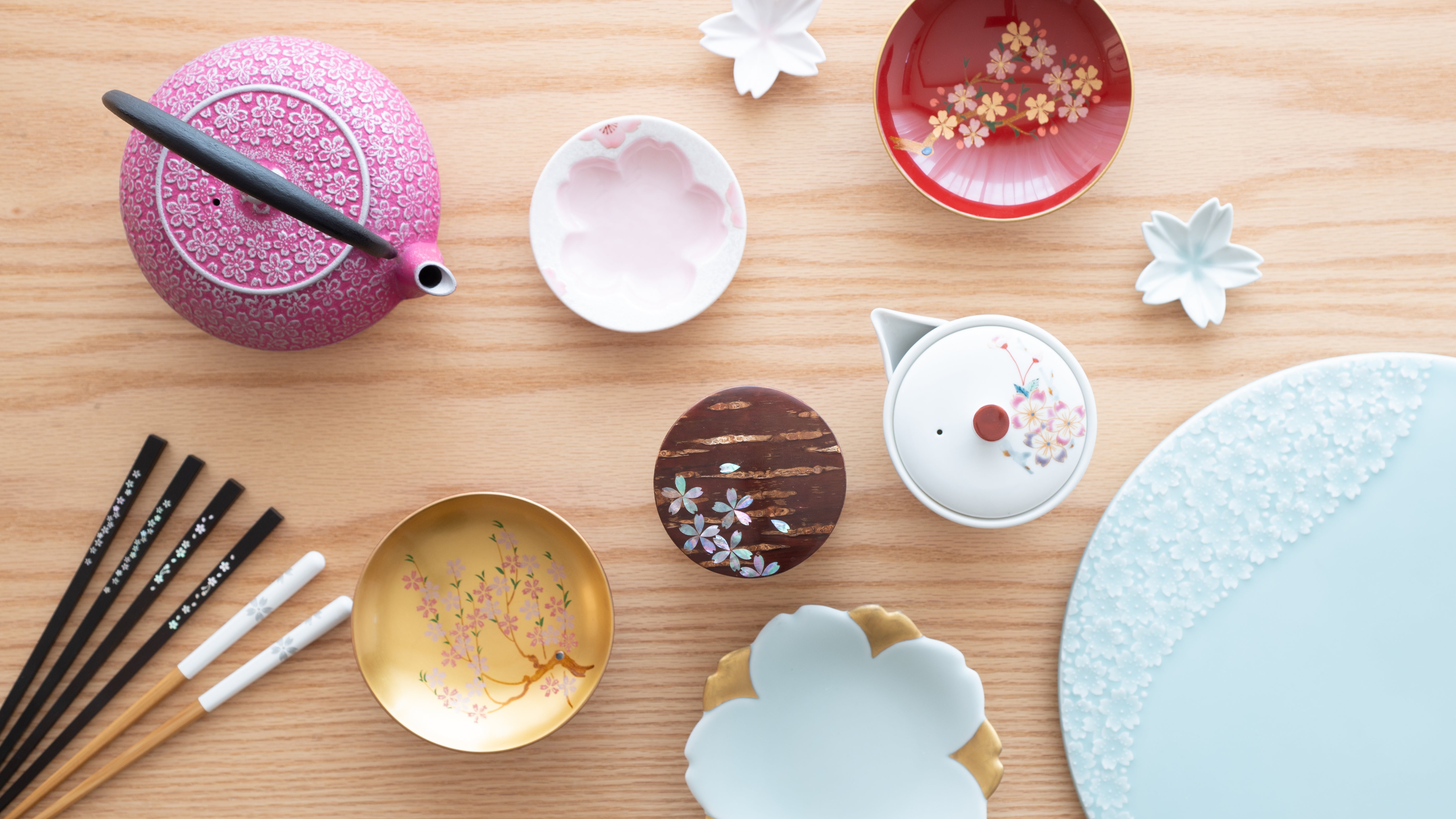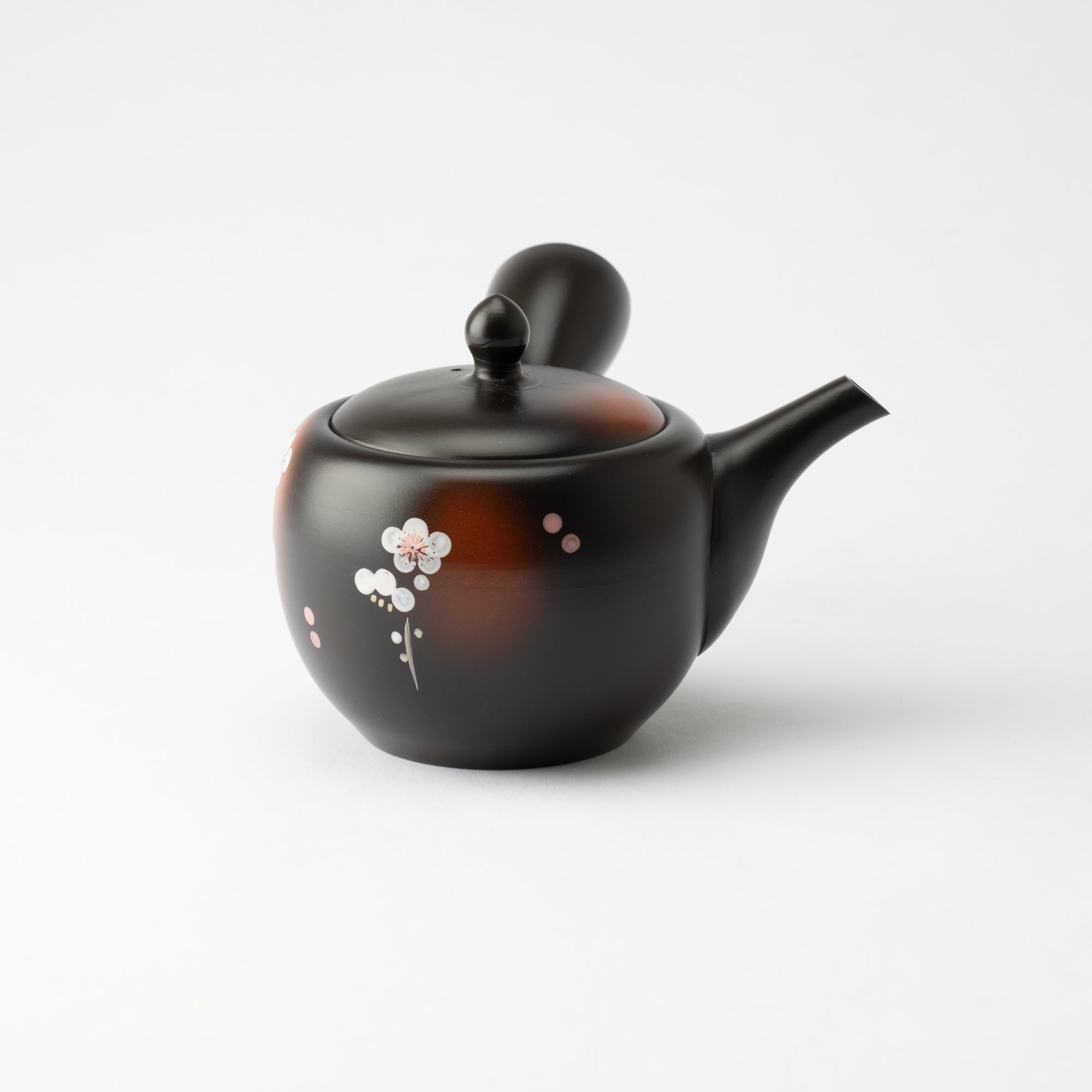
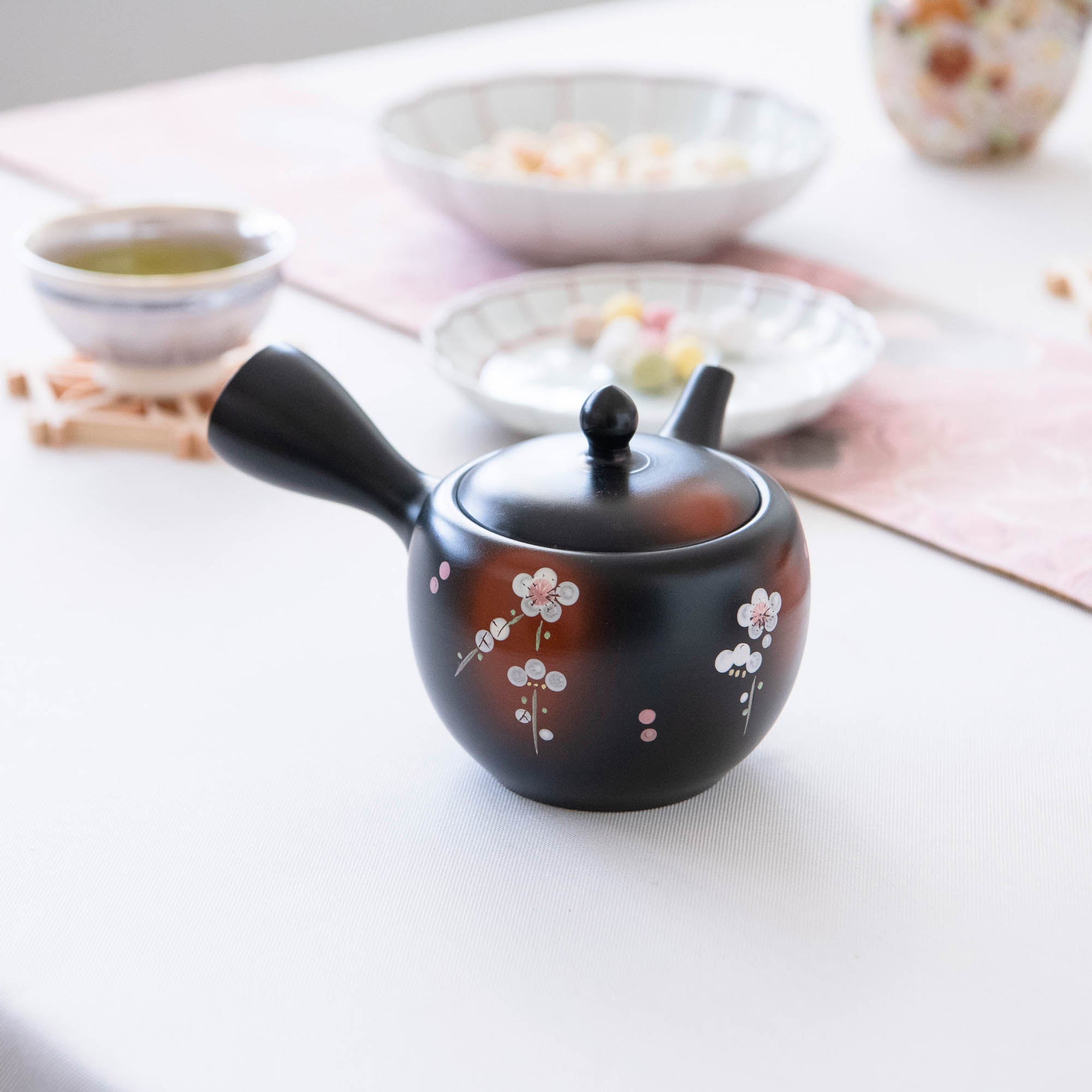
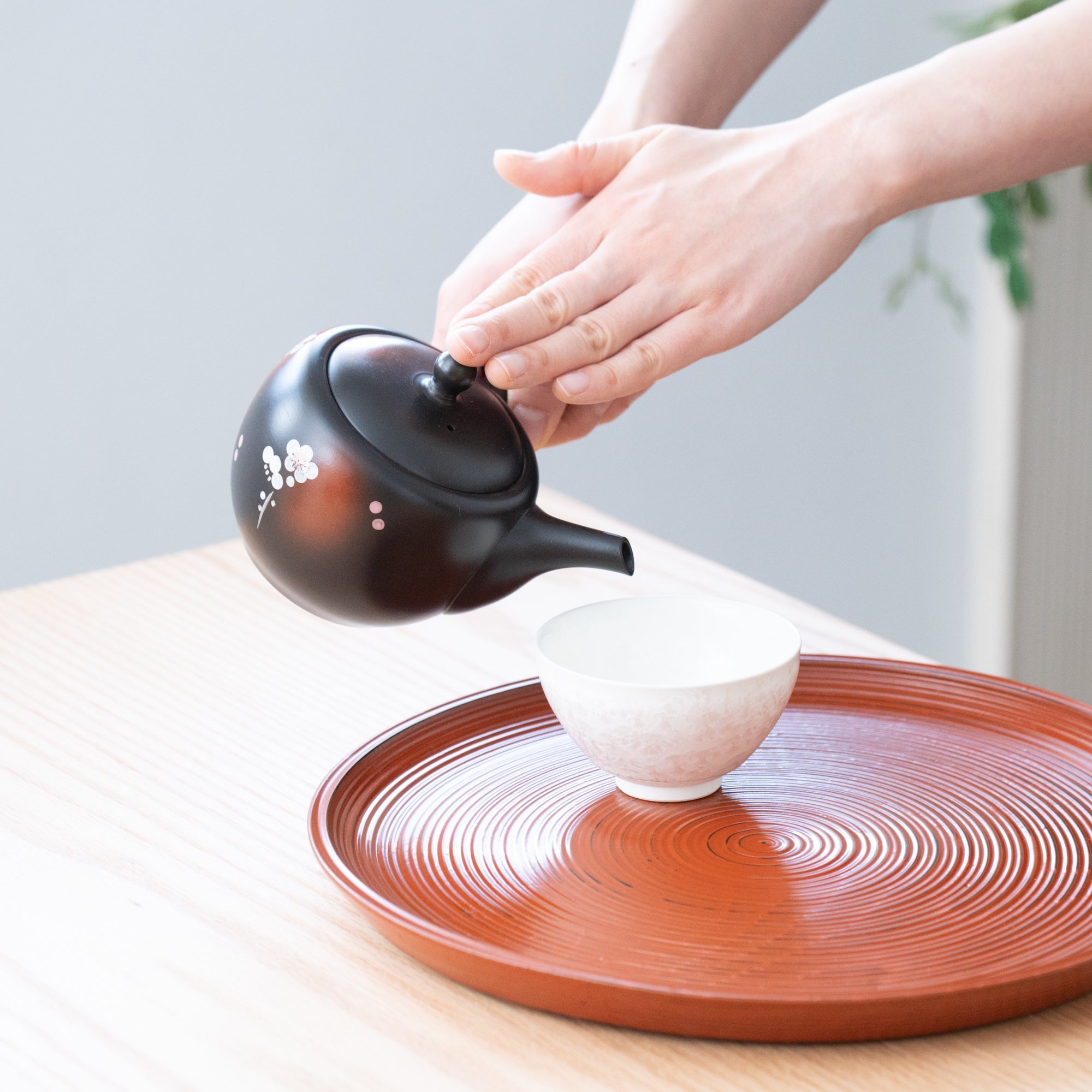
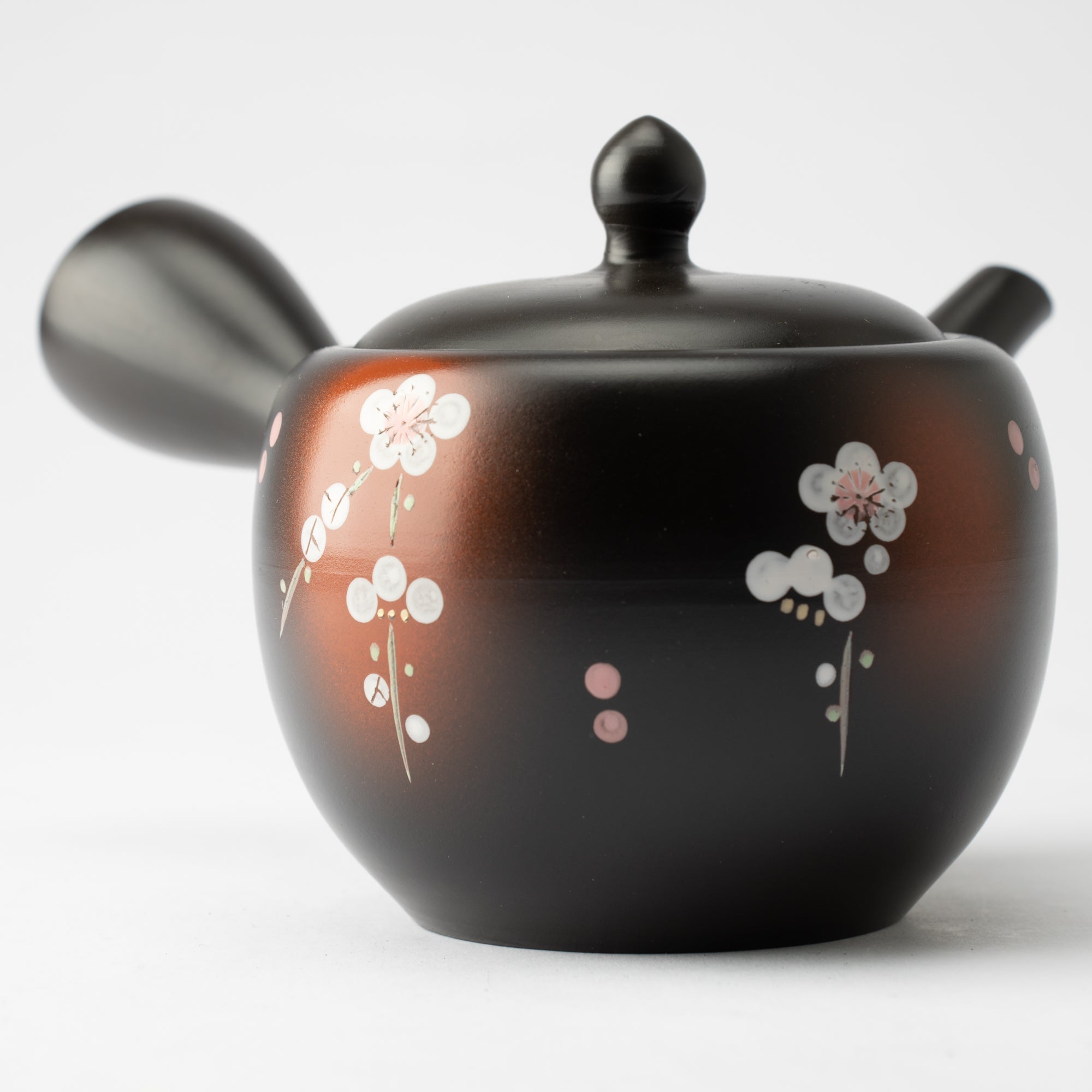
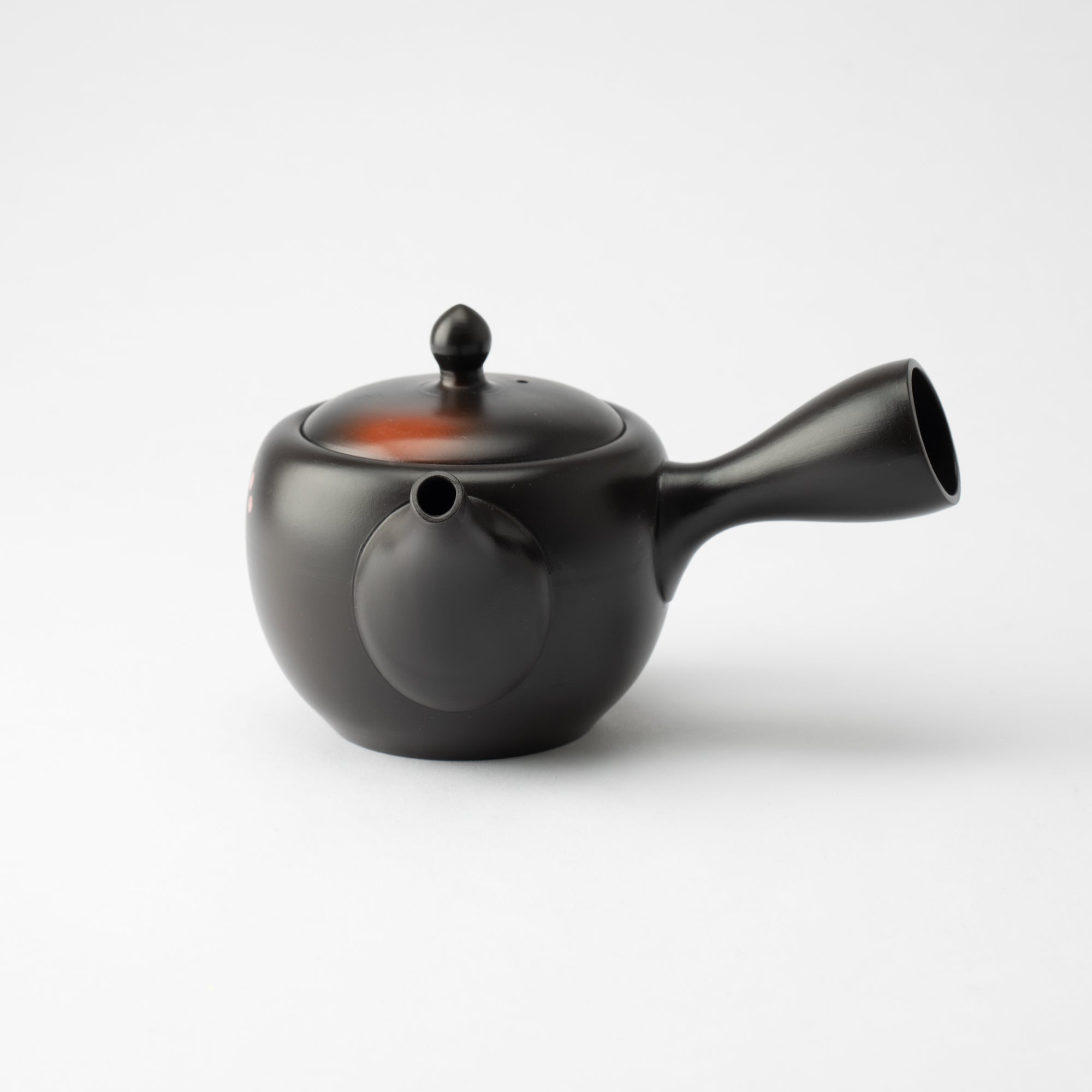
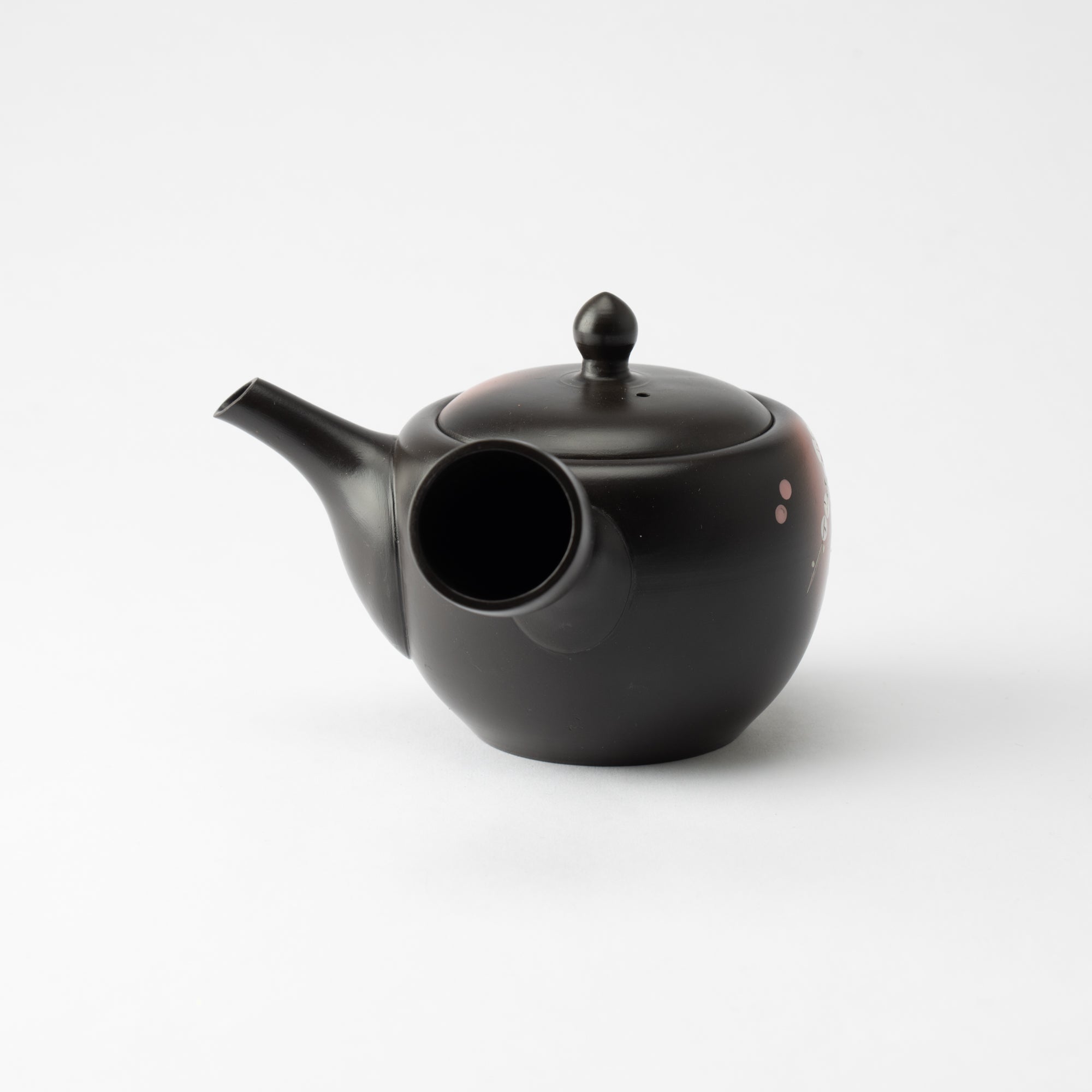
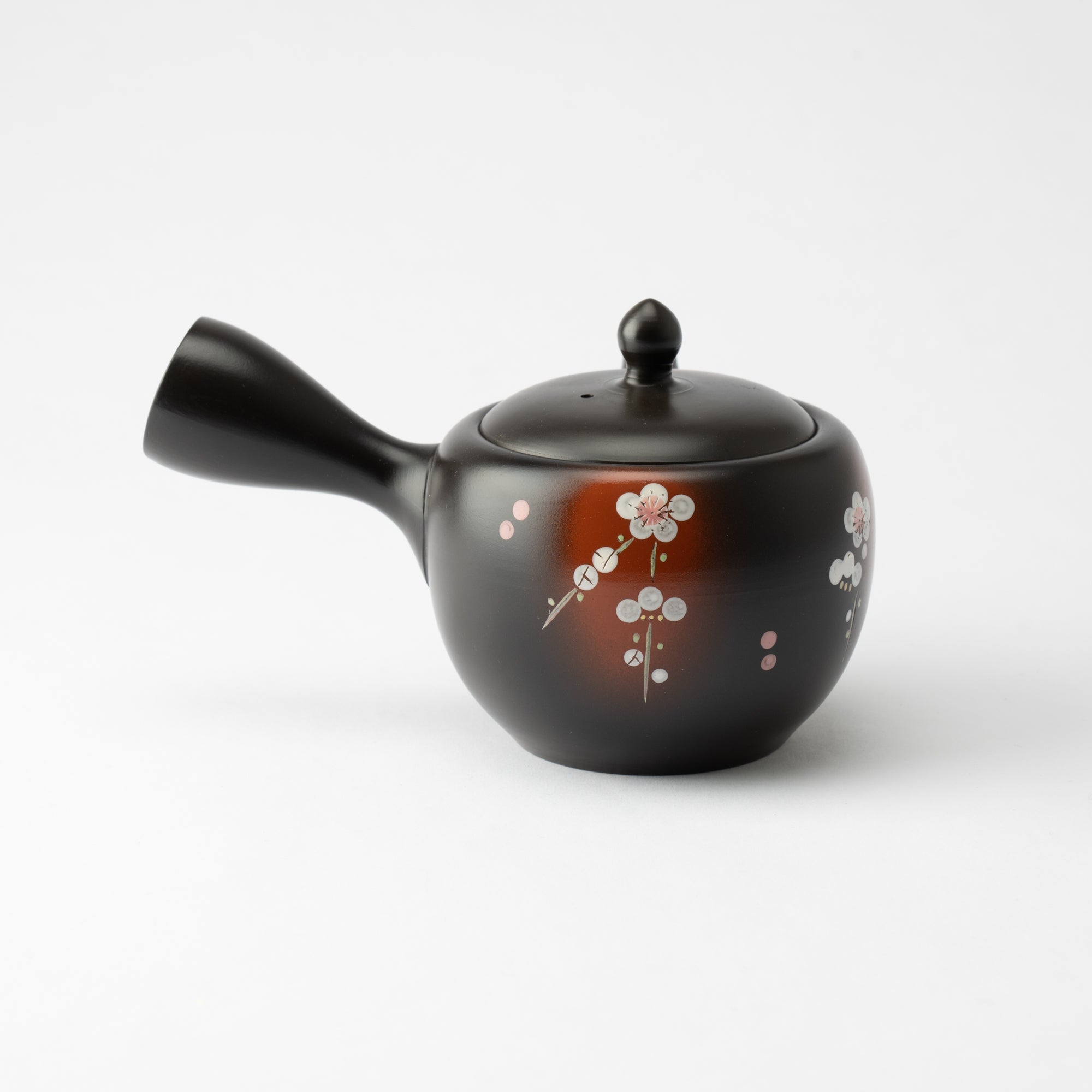
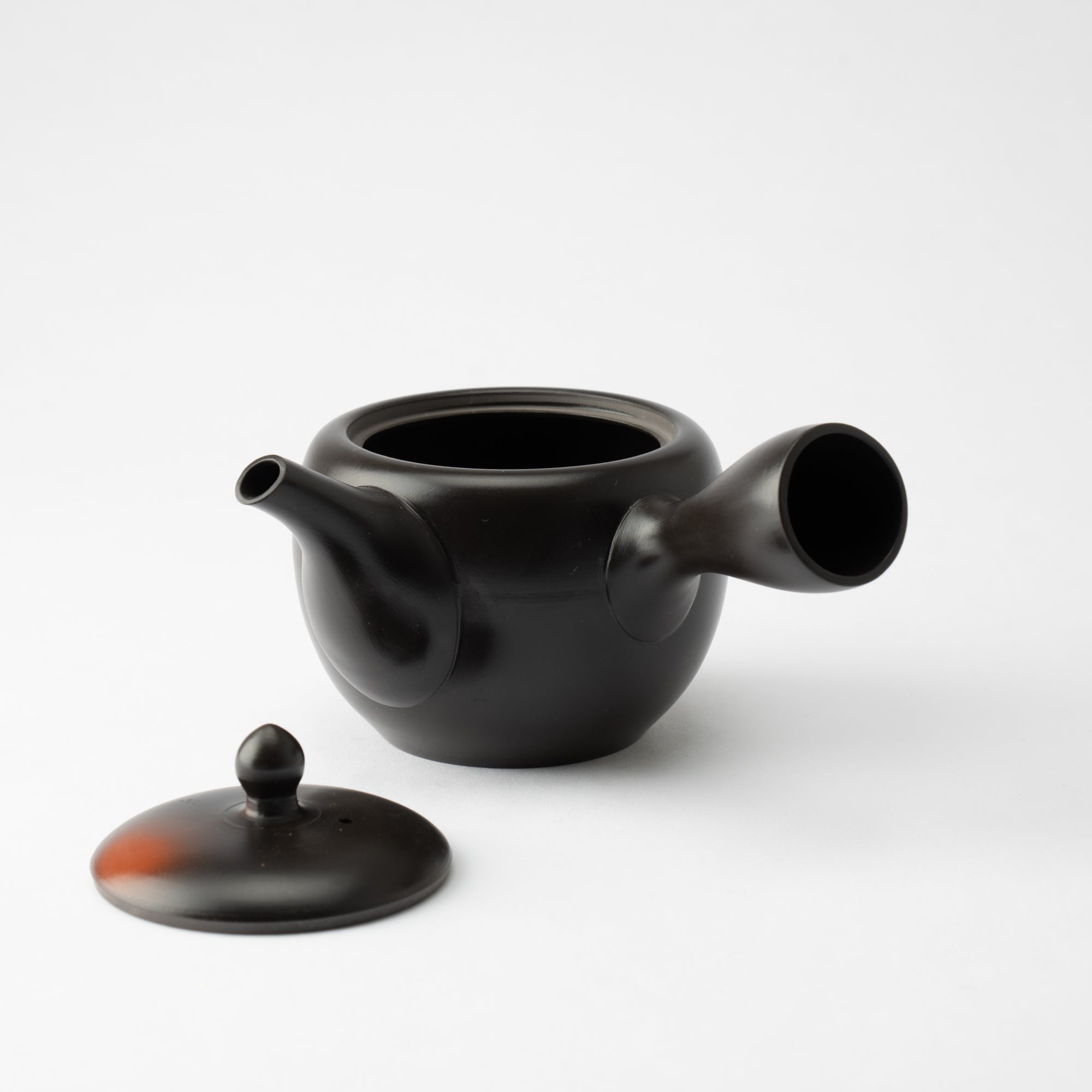
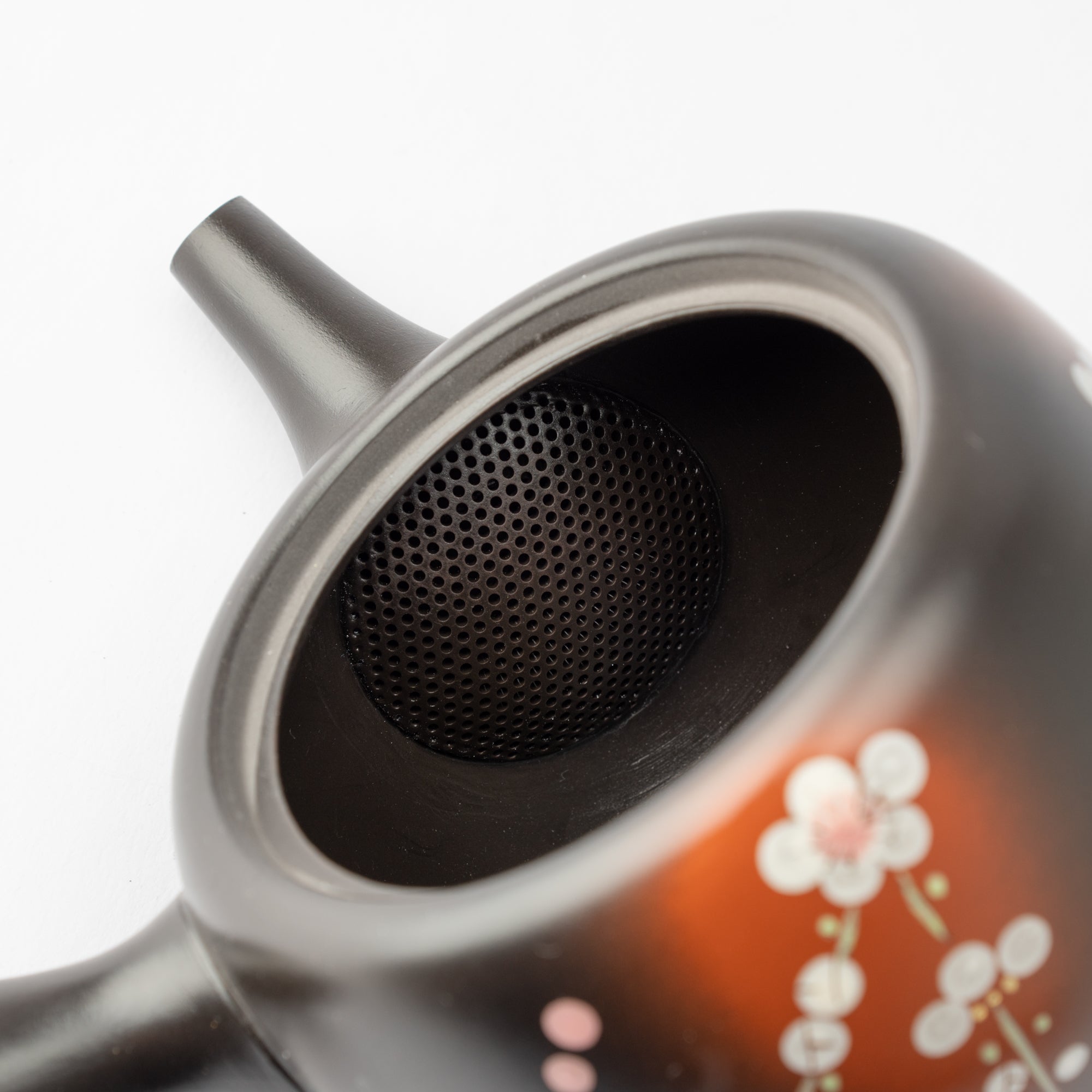
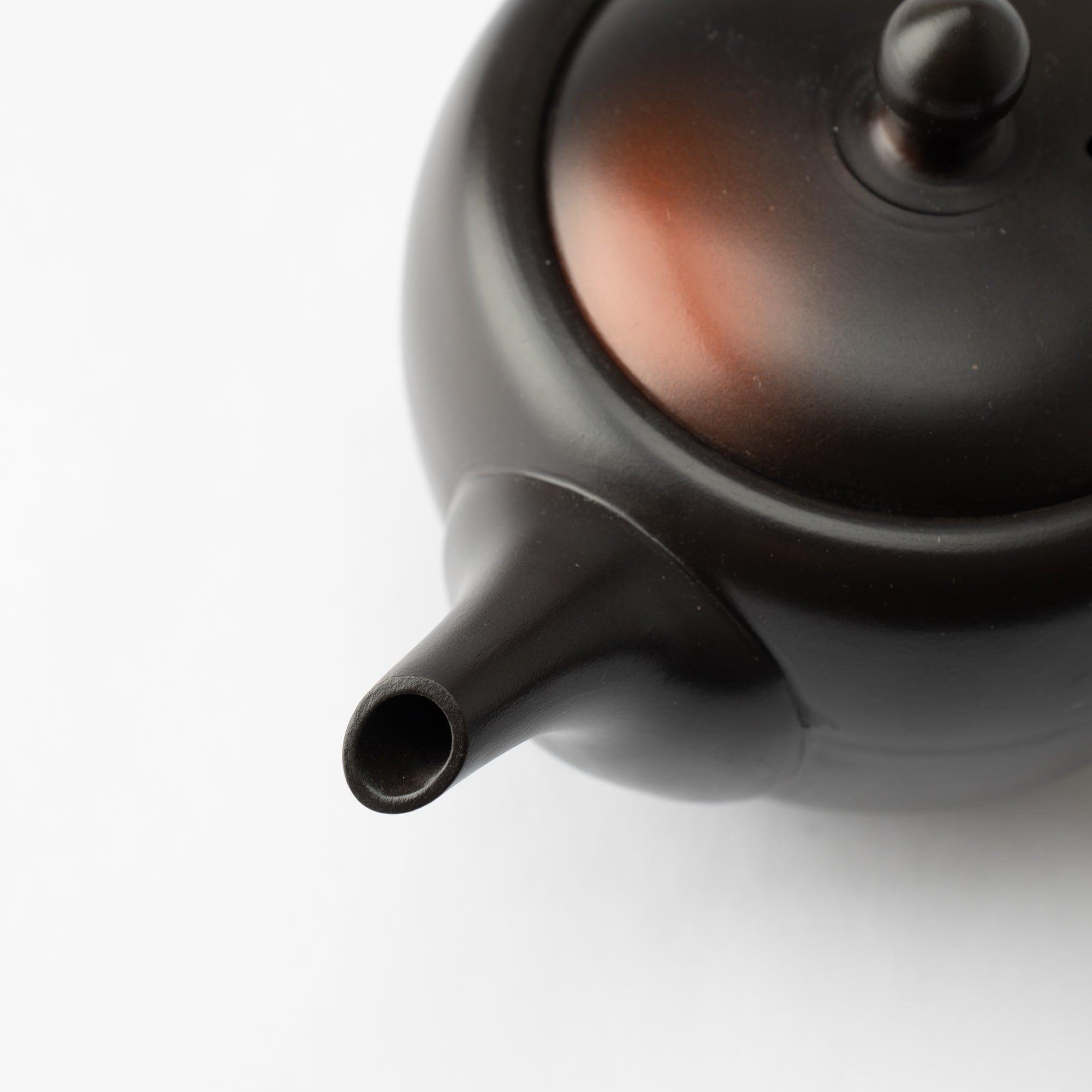

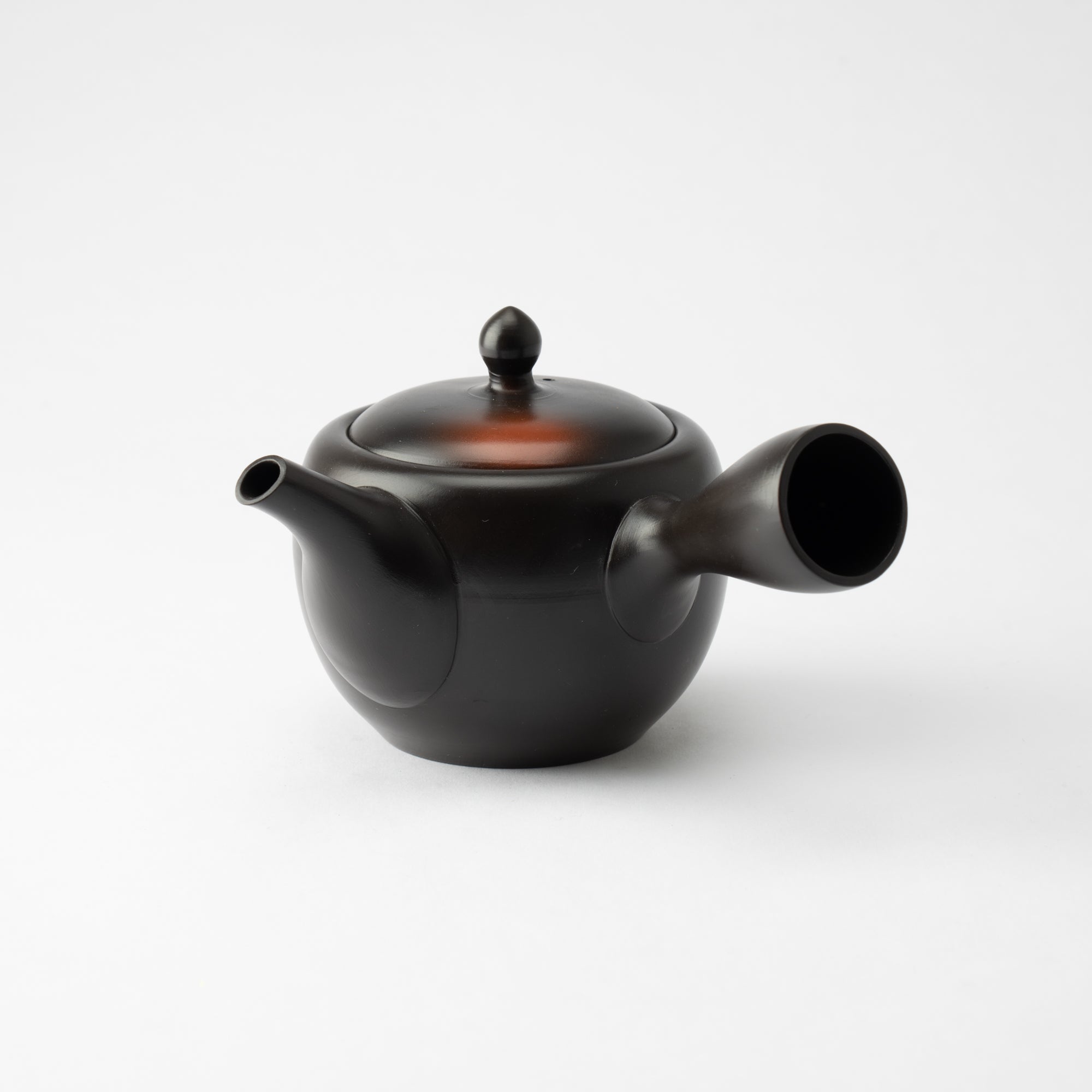
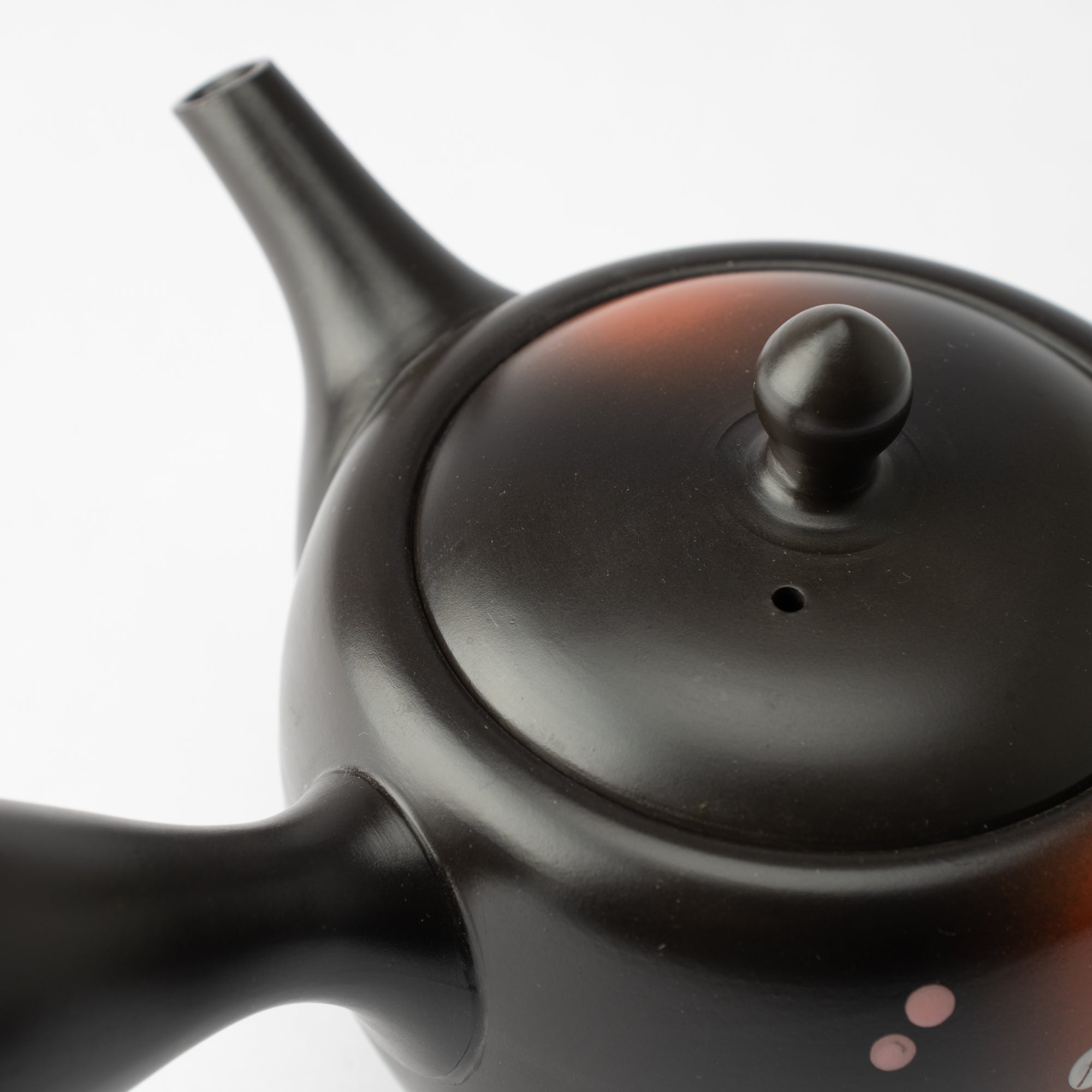
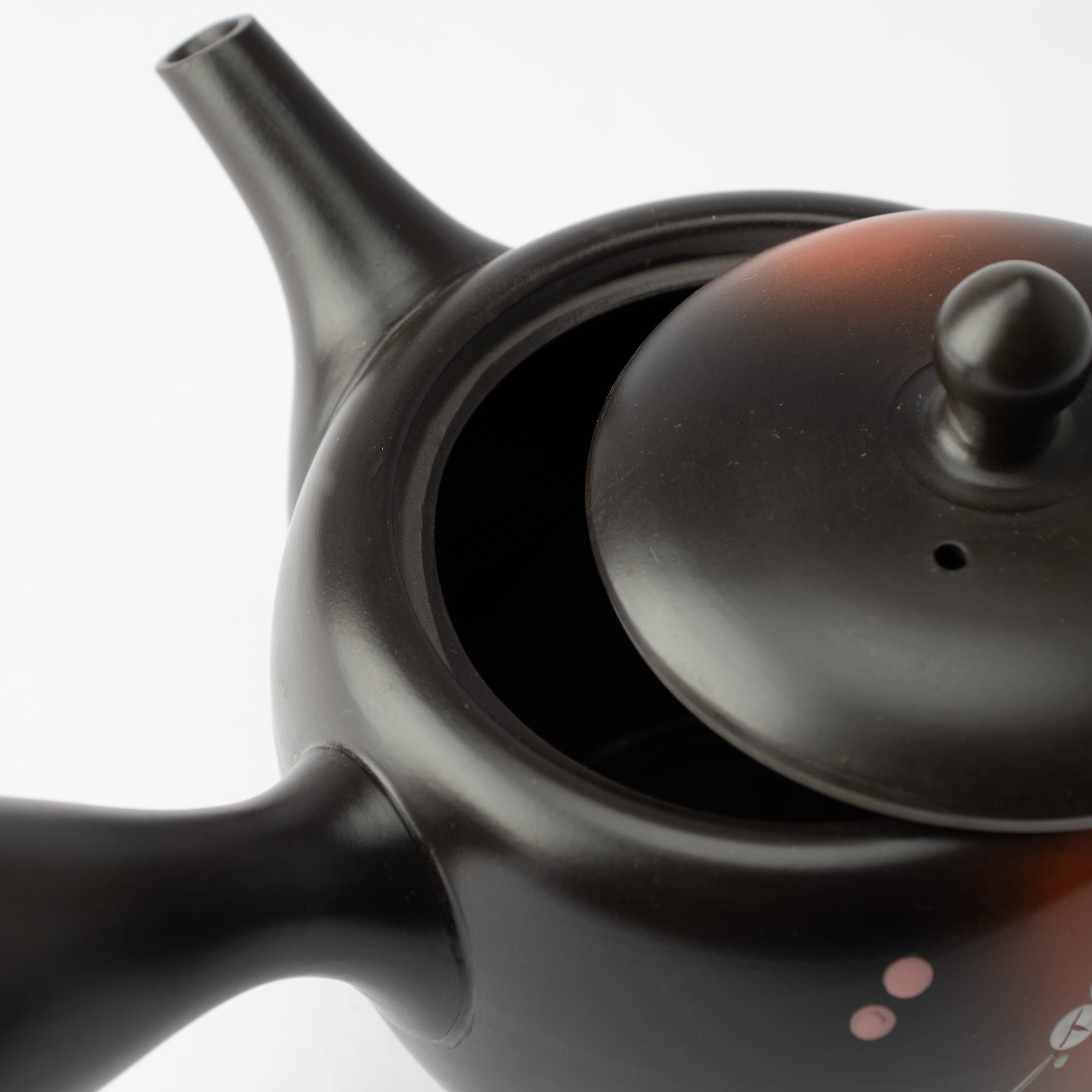



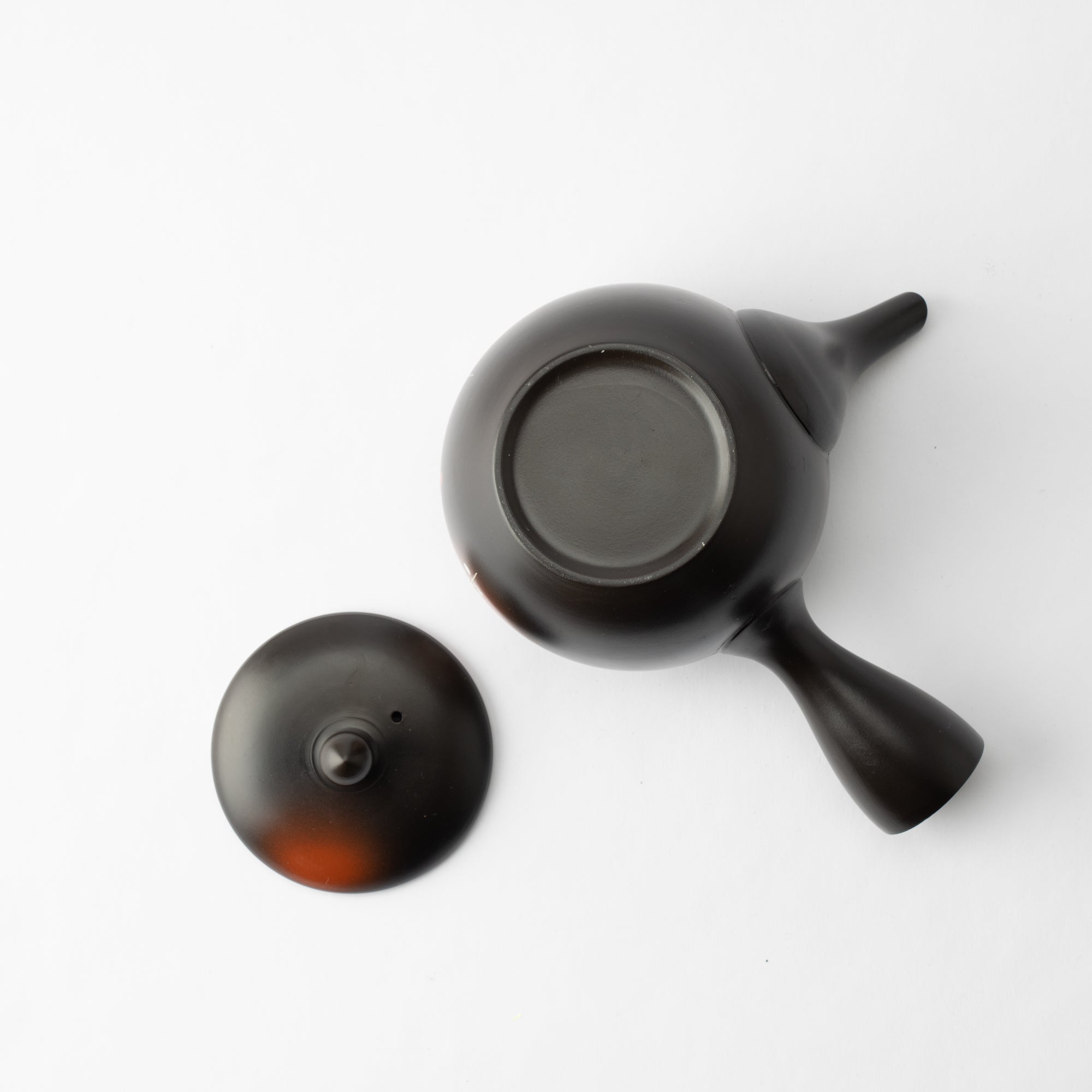

Weeping Sakura Japanese Teapot
Estimated Shipping Widget will be displayed here!
This is a ceramic Japanese teapot of Tokoname ware with a brownish black color and Sakura(cherry blossom) painting.
While retaining the natural atmosphere of clay, the polished and smooth texture, and the minimalistic form cultivated through a long tradition convey an elegant atmosphere. The lids of Tokoname teapots are known for their tight fit and airtightness, which allows the tea to slowly draw out its flavor.
It has a "Sasame"/"Ceramesh" strainer, which is recommended to fully enjoy the aroma of tea. It is made with elaborate molds and new ceramic technology. This type of tea strainer is known for less clogging of tea leaves and smooth tea pouring.
With its size and the ceramic strainer, this teapot is suitable for any tea. Sencha(middle-grade green tea) and Kariganecha(High-grade stem tea) are especially recommended.
DETAILS
| Quantity | 1 |
| Size | L 14 cm (5.5 in) x W 17 cm (6.7 in) x H 11.5 cm (4.5 in) |
| Capacity | 380 ml (12.8 fl oz) |
| Material |
[Strainer Type] Sasame and Ceramesh [Material] Stoneware |
| Microwave | No |
| Dishwasher | No |
Crafts
Crafted in Tokoname City, Aichi Prefecture, Tokoname ware has been at the heart of Japanese ceramics for centuries. As one of Japan’s Six Ancient Kilns, the town is known for its rich pottery heritage and masterful craftsmanship. Among its most iconic creations are shudei kyusu—unglazed red clay teapots prized for mellowing the taste of green tea.
From its distinctive vermilion hue to the refined wheel-thrown form, Tokoname teaware continues to shape everyday tea moments with beauty, function, and tradition.

Choose options



















Estimated Shipping Widget will be displayed here!
Japanese Teapots
You’re sure to find a Japanese teapot that warms your heart among our diverse range of styles—whether you’re looking for a ceramic teapot made from porcelain or stoneware, or a classic cast iron tea kettle. No matter what type of tea you prefer, create an authentic Japanese tea experience with a teapot that stands out with our range of both classic and unique shapes, colors, and intricate designs.
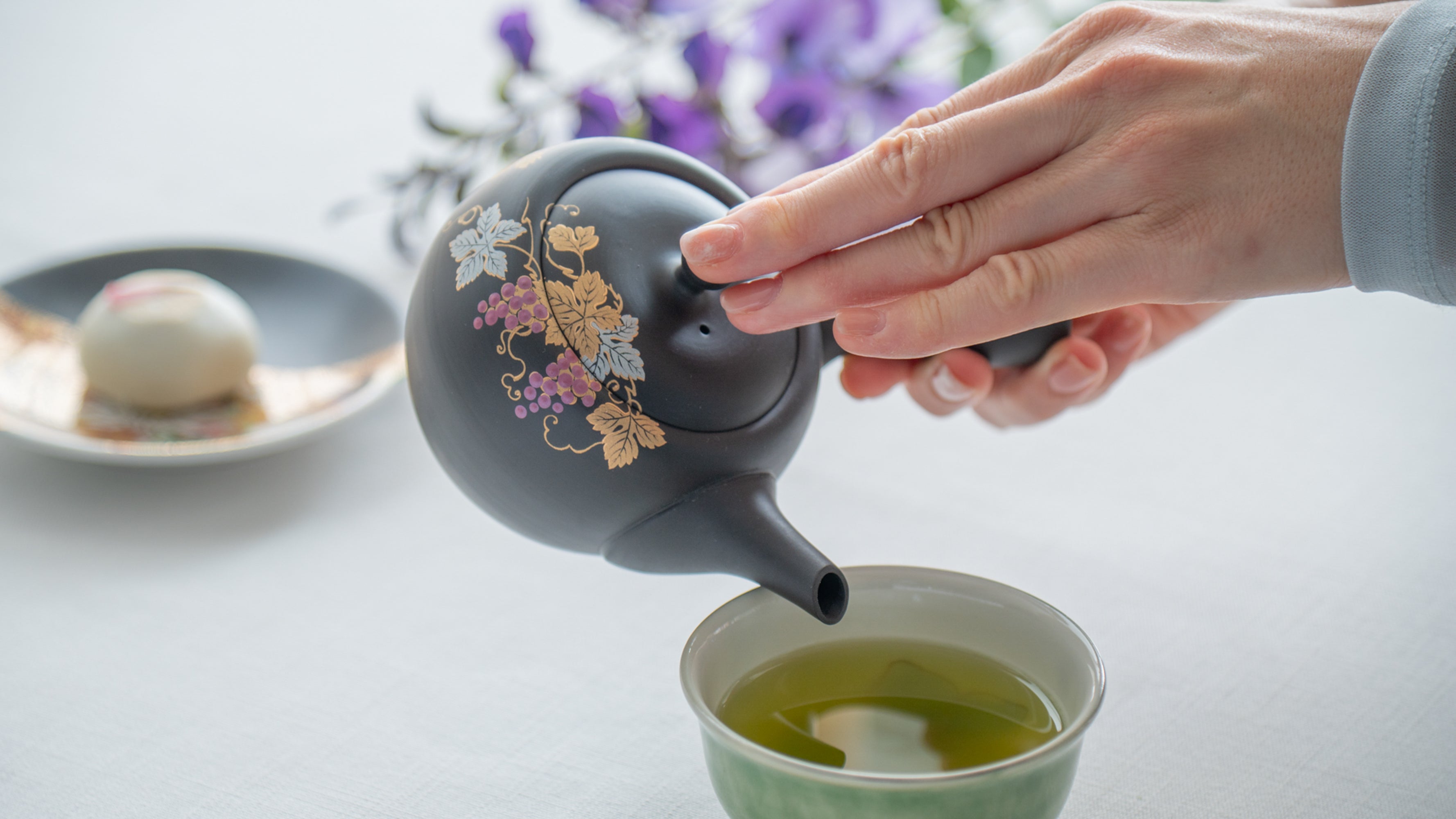
Sakura
From our Japanese tableware and dinnerware collection, we have gathered items with cherry blossom motifs that show the beauty of Japan. We hope you will welcome these pieces, which are loved by people of all ages and regions, into your home.
